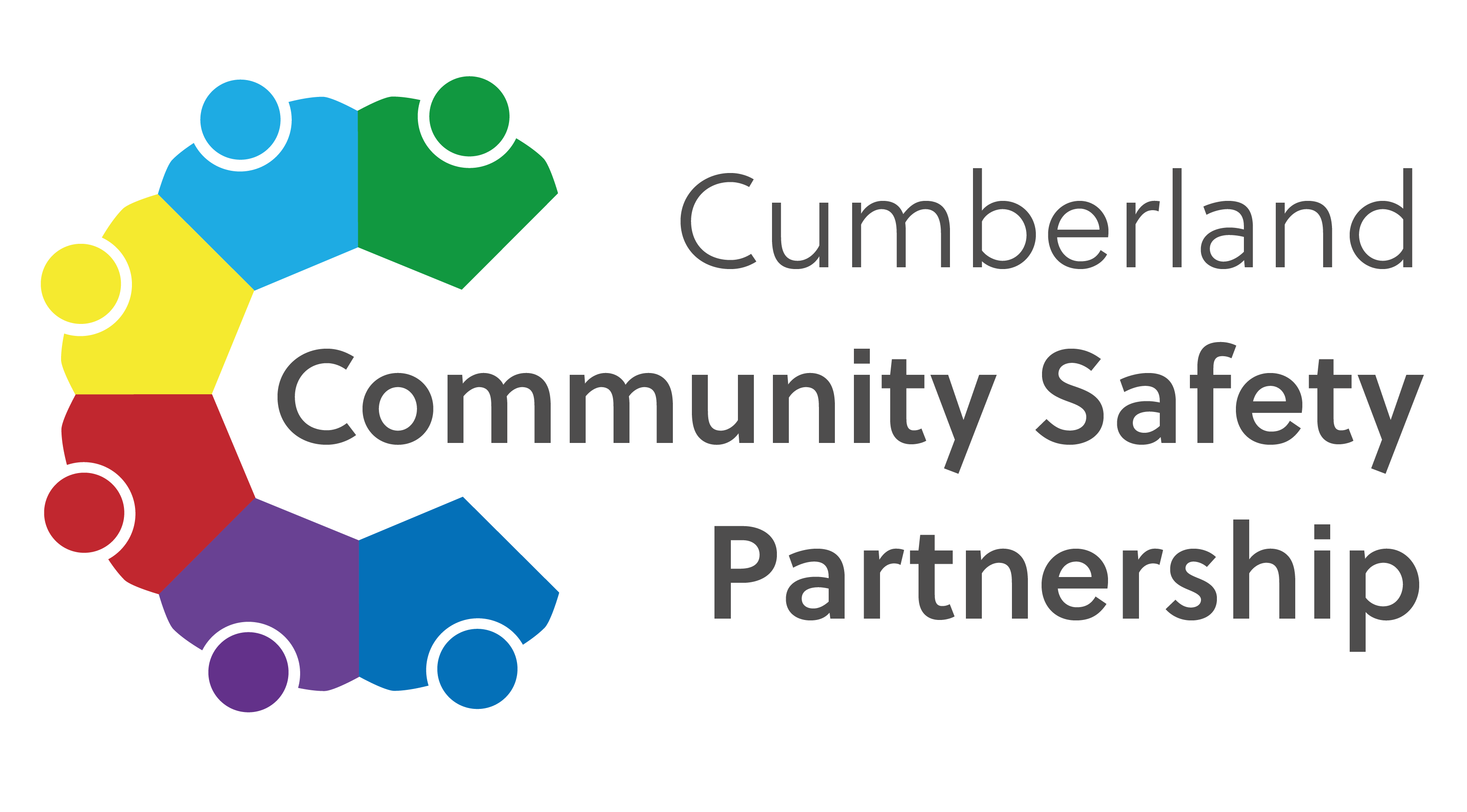
Domestic Abuse is an incident or pattern of incidents of controlling, coercive, threatening, degrading and violent behaviour, including sexual violence, in most cases by a partner or ex-partner, but also by a family member or carer. It is very common and can include, but is not limited to, the following:
- Coercive control (a pattern of intimidation, degradation, isolation and control with the use or threat of physical or sexual violence)
- Psychological and/or emotional abuse.
- Physical or sexual abuse.
- Financial or economic abuse.
- Harassment and stalking.
- Online or digital abuse.
What we will do:
- Develop a clear strategy to reduce domestic abuse with an additional focus on work with perpetrators and Babies, Children and Young People.
- Enable partners to continue supporting people suffering from domestic abuse.
- Ensure victims and survivors can access support to prevent them becoming repeat victims



